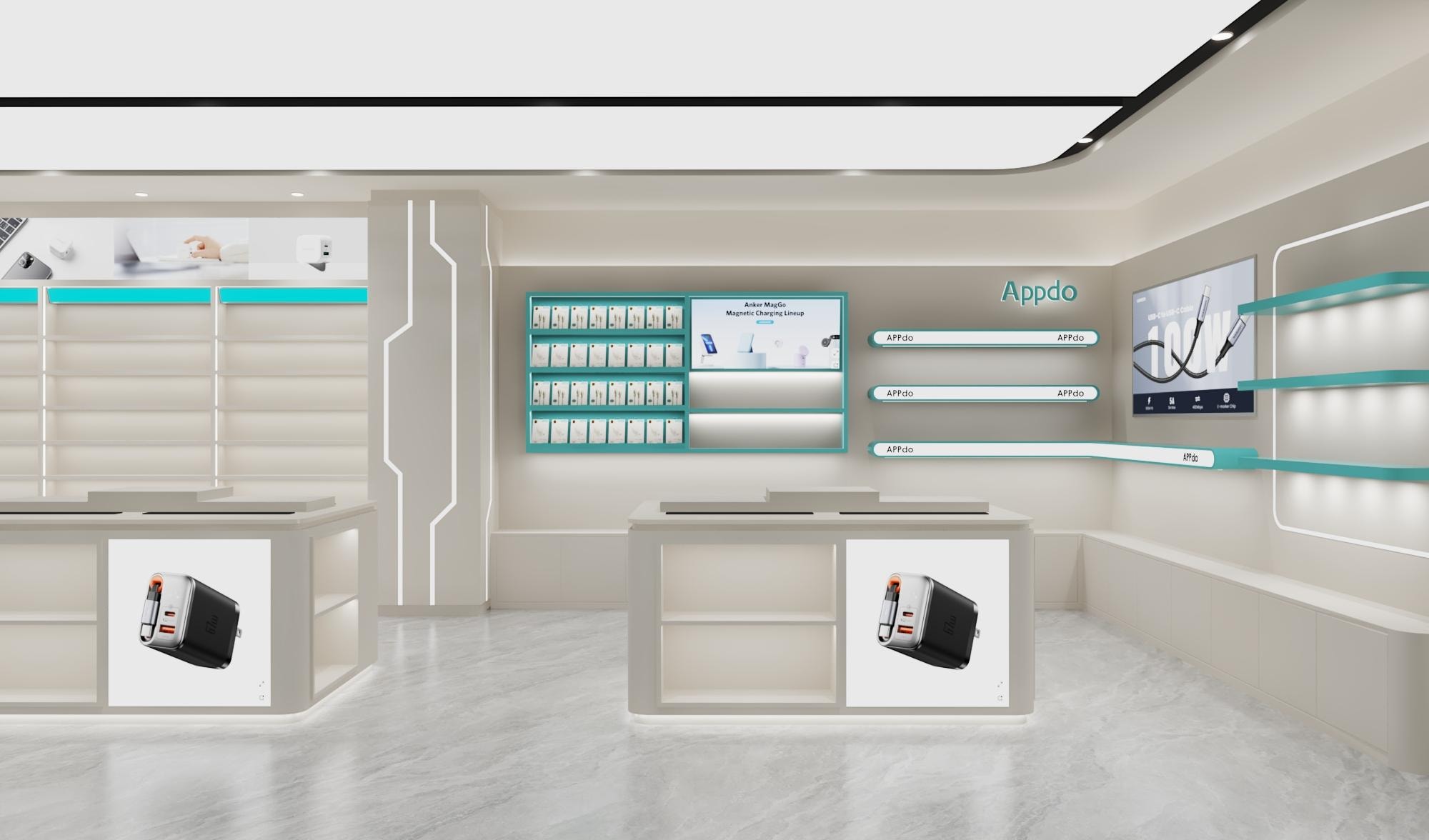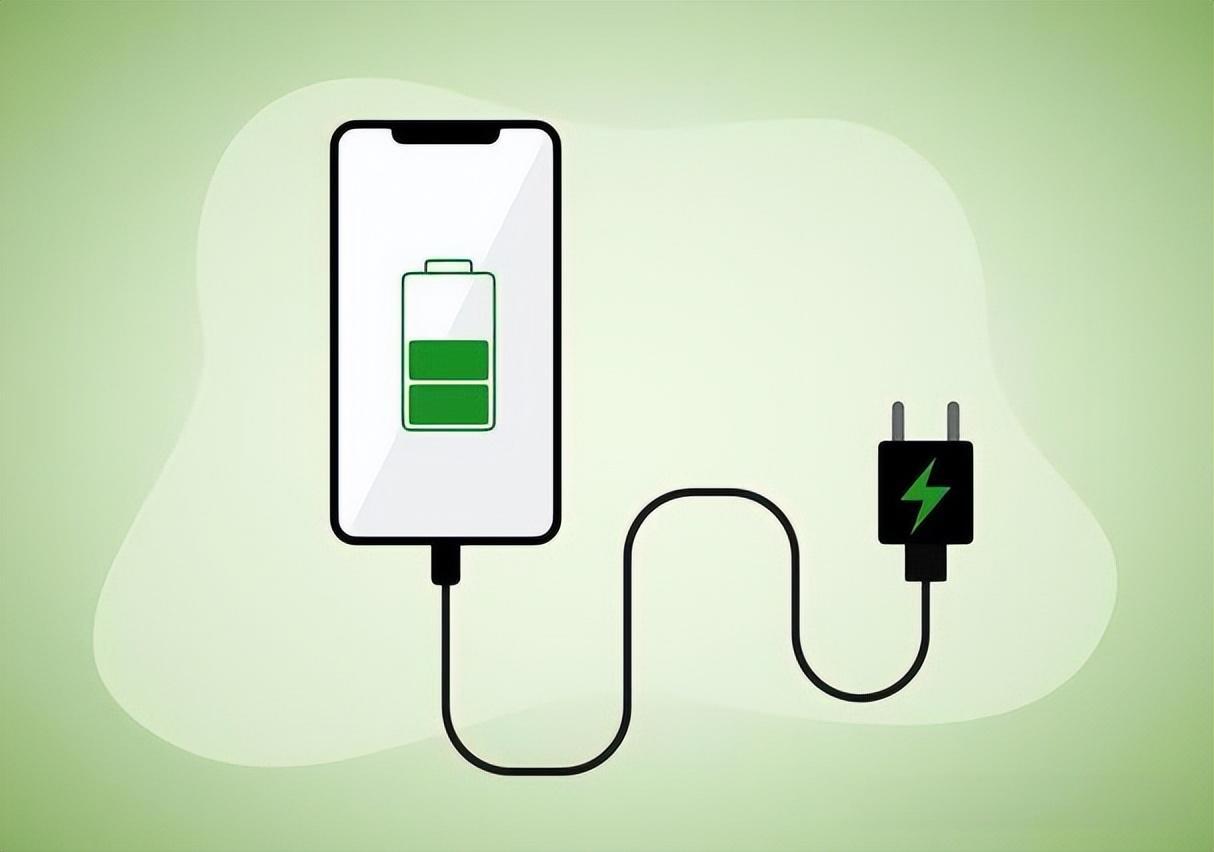
The Charge Tech : From Fast Charging to Wireless – How to Efficiently Power Your Life
Updated on September 26, 2025
Explore the rapid development of charging technology! This article provides an in-depth analysis of the principles, advantages, and future trends of core technologies like wired fast charging, wireless charging, and vehicle charging, helping you choose the best charging solution to enhance your digital life efficiency.
Table of contents
- 1. Wired Fast Charging Technology: The Race for Speed and Efficiency
- 2. Wireless Charging Technology: The Elegance of Cutting the "Last Cord"
- 3. Charging Technology Applications in Specific Scenarios
- 4. How to Choose the Right Charging Solution for You?
- 5. Future Outlook for Charging Technology
- Conclusion

In an era where smartphones, laptops, electric vehicles, and smart home devices are ubiquitous, charging technology is far more than just "plugging into a power source." It has become a key factor determining our digital life experience. A quiet revolution in charging technology is underway, aiming not only to "get a charge" but to charge "faster," "more conveniently," and "more safely." This article will provide a comprehensive overview of mainstream charging technologies and explore future possibilities.
1. Wired Fast Charging Technology: The Race for Speed and Efficiency
When we talk about "fast charging," the core concept is increasing power (Power = Voltage x Current). Mainstream wired charging technology primarily achieves this through three methods:High Voltage, Low Current Approach: Represented by technologies like Qualcomm's Quick Charge (QC) and MediaTek's Pump Express. This method increases power by raising the voltage output from the charger, which is then stepped down to charge the battery via a chip inside the phone. This technology is relatively less demanding on the cable quality.
Low Voltage, High Current Approach: Represented by OPPO's VOOC Flash Charge (and its sibling technologies like OnePlus's Warp Charge and realme's Dart Charge). It maintains the standard 5V voltage but significantly increases the current. This shifts most of the heat generation to the charger instead of the phone, enabling a "fast charging while using" experience. This technology typically requires proprietary chargers and cables.
Dynamic Adjustment Approach: This is currently the most mainstream and future-proof direction. The USB Power Delivery (USB-PD) protocol is a leader in this space. It allows the charging device and the charger to intelligently "negotiate" via the cable to determine the optimal voltage and current combination (e.g., 5V/3A, 9V/3A, 15V/3A, 20V/5A up to 100W). This enables efficient charging for everything from phones to laptops. Choosing charging devices that support the USB-PD protocol is the best guarantee of future compatibility.
2. Wireless Charging Technology: The Elegance of Cutting the "Last Cord"
Wireless charging technology is primarily based on the principle of electromagnetic induction. Coils in the charging pad and the back of the phone create an electric current via a magnetic field, enabling contactless charging.Convenience First: Eliminates the need to constantly plug and unplug cables. The "drop-and-charge" experience greatly enhances convenience on desktops and nightstands.
Current Mainstream Standard: The Qi (pronounced "chee") standard is the globally universal wireless charging standard. The vast majority of wireless-charging-enabled phones, earbuds, and smartwatches are Qi-compatible.
Power and Efficiency Challenges: Current mainstream wireless charging power ranges from 15W to 50W. While speeds now rival wired fast charging, energy conversion efficiency is still lower than wired methods, and more heat is generated during charging.
Future Outlook: Long-distance wireless charging technology is under development, promising a future where devices charge automatically as you enter a room – the ultimate convenience.
3. Charging Technology Applications in Specific Scenarios
Innovations in charging technology are also profoundly impacting other fields:Electric Vehicle (EV) Charging Technology: This is a major battleground for charging technology. It is divided into:
AC Slow Charging: Common for home charging stations. Charging speed is slower, making it ideal for overnight top-ups.
DC Fast Charging: Common in public charging stations. It can charge the battery to 80% in a short time (e.g., 30 minutes), which is key to alleviating "range anxiety."
Reverse Charging Technology: Your phone or electric vehicle can instantly become a "power bank" to provide emergency power for other devices (like earbuds or another phone), significantly enhancing the device's practicality.
4. How to Choose the Right Charging Solution for You?
Faced with diverse charging technologies, you can make a choice based on the following recommendations:Pursue Ultimate Speed: Choose a wired charging kit that supports either proprietary brand fast-charging protocols or high-wattage USB-PD protocols.
Focus on Desktop Convenience: Equip your office desk or bedside table with a Qi-standard wireless charger to seamlessly integrate charging into your life.
Multi-Device User: Invest in a multi-port USB-PD Gallium Nitride (GaN) charger. GaN material makes chargers smaller, lighter, and more efficient. One charger can simultaneously fast-charge your laptop, phone, and tablet – a perfect companion for travelers.
Electric Vehicle Owner: Plan the use of home slow charging versus public DC fast charging based on your daily commute distance and home installation possibilities.
5. Future Outlook for Charging Technology
The future of charging technology is full of possibilities:GaN (Gallium Nitride) and SiC (Silicon Carbide): These new semiconductor materials will make chargers even smaller, more powerful, and more energy-efficient.
Wireless Fast Charging and Spatial Charging: Breakthroughs in both power and transmission distance will be the next focus.
Ultra-Fast Battery Technologies: Technologies like Tesla's 4680 battery and the ongoing research into solid-state batteries will address the charging speed bottleneck from the battery material itself.
Conclusion
The evolution of charging technology is essentially about empowering our pursuit of an efficient, convenient, and seamless digital life. From the evolution of a simple cable to the liberation of wireless connection, each breakthrough makes accessing power simpler. Understanding and utilizing these charging technologies will undoubtedly help keep your devices, and indeed your life, running at their best.
Back Top

